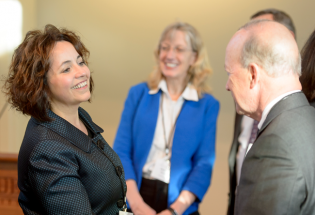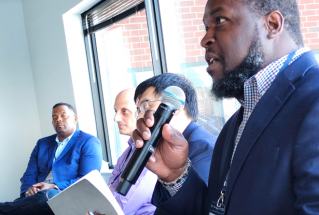When industry partnerships flop: Take lessons learned and keep moving forward
Excerpted from the January 2023 issue of University-Industry Engagement Advisor. UIDP members can view the entire issue here.
Every industry engagement manager has stories about “the one that got away” — partnerships that never progressed to the desired level, or projects that didn’t pan out. Despite these experiences, it seems that few have specific tools or formal processes for examining what went wrong, and most debriefings are internal rather than external. And yet, their combined “stories” provide a fascinating picture of how they respond to such disappointments.
“Projects are all so different,” notes Geanie Umberger, PhD, MSPH, RPh, Penn State’s associate vice president for research and director of its Office of Industrial Partnerships. “They’ve walked away, and we’ve walked away. But universities don’t really see where they do a formal ‘Let’s go talk to them and find out why it failed.’ Universities are eternal optimists; they always hope it will turn around and be OK.”
Kent Glasscock, president of the Kansas State University Institute for Commercialization, agrees. Glasscock notes that KSU has created a database of over 300 companies that have in the last 10 years had some kind of relationship with the university — largely transactional in nature — which it continually tracks. Then, there are eight to 10 “truly strategic” corporate relationships, which they also track.
“As we do those constructs,” he continues, “we either find or don’t find certain appropriate matches and desired interest, whether we have the capabilities, and whether or not there is a cultural match — the values, the decision-making processes. What we have found is that very few companies sort of get beyond that desired stage — for whatever reason.”
There is not a formal response to a failed partnership effort at the University of Utah, but there are both internal and external engagement after the fact, adds Keith Marmer, chief innovation and economic engagement officer. “It’s two sides of the same coin — whether you call it debriefing or negotiation,” he says. “You try to understand why a partner wouldn’t want to proceed with something they’re enthusiastic about. If communications break down, we want to see if there’s a way that we could support it the next time. Was it the wrong partner? Were the partner’s expectations not well managed? If so, by whom?”


